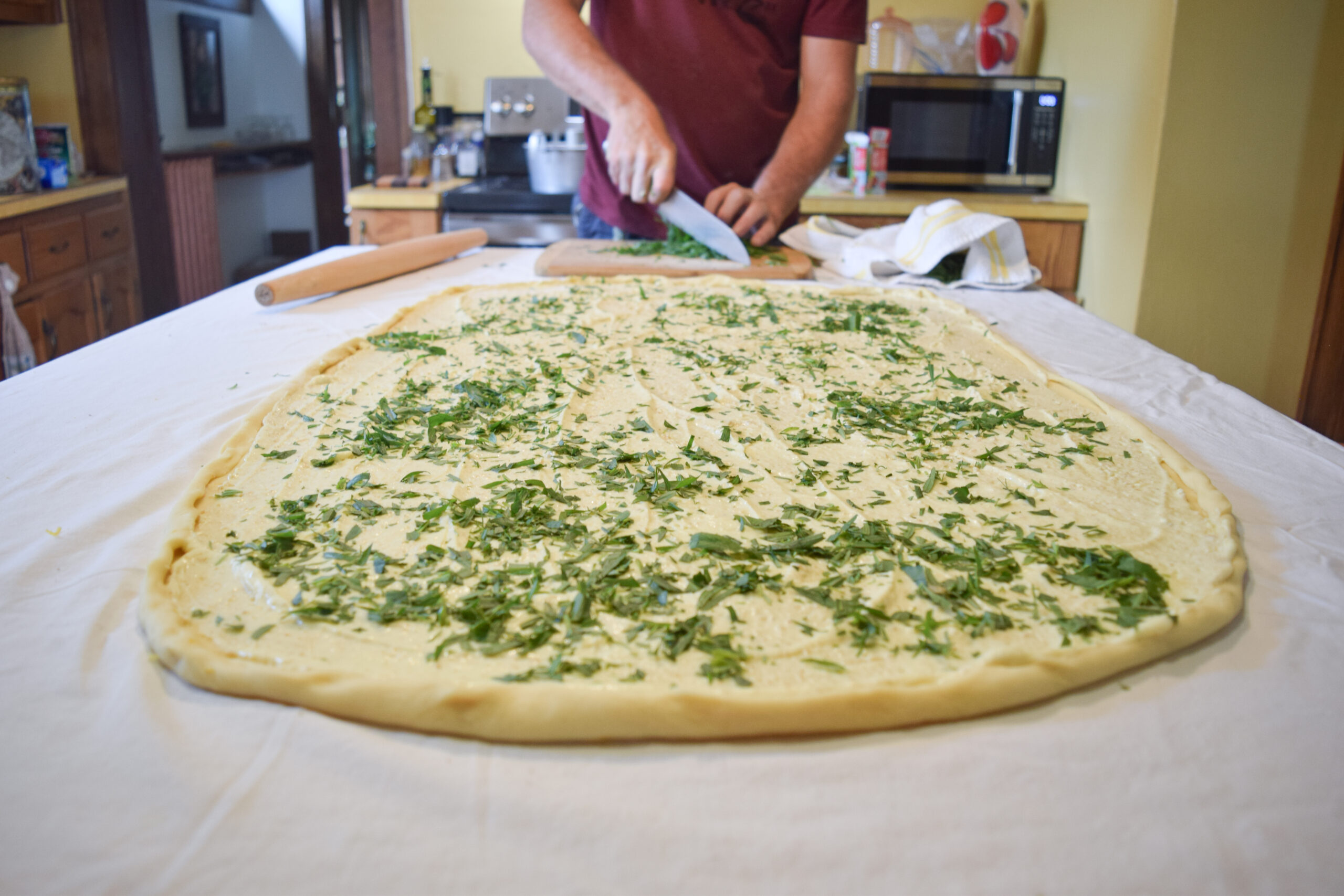On a cold July morning in Ely, Minnesota, Jim Lah, 59, radiates a boyish energy as he prepares his potica. Pronounced poh-teet-zah, this dense pastry of alternating dough and filling has become an ancestral emblem for Slovenian Americans. Lah is making four loaves today: two classics filled with ground walnuts and honey, and two loaves with sweet tarragon.
In the early 1900s, Ely’s Pioneer Mine was one of the largest underground mines in the world. Slovenians came in waves to work in the iron mine and help create the surrounding community, forming what Lah calls a “critical mass of people to keep a culture alive,” especially through food. Cabbage rolls and slivovitz are widely available on the Iron Range, but neither match the presence of potica. Lah says, “Walnut potica is used for every wedding, all funerals … graduations.”
As the president of the Slovenian Union of America’s (SUA) branch 23, Lah takes his potica baking seriously. From mixing to pulling the final loaves from the oven, the process takes about four hours. Lah beams, “If you can make boxed macaroni and cheese, you know, you can do that to say you love someone,” but for him, that falls short. His love is revealed through his labor on the loaves.
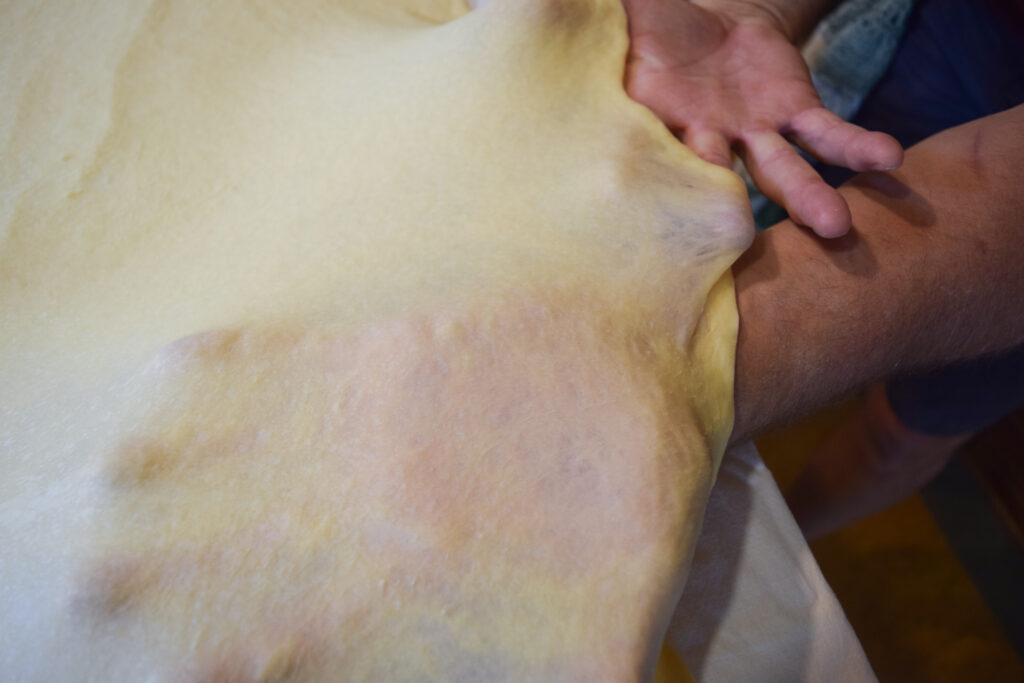
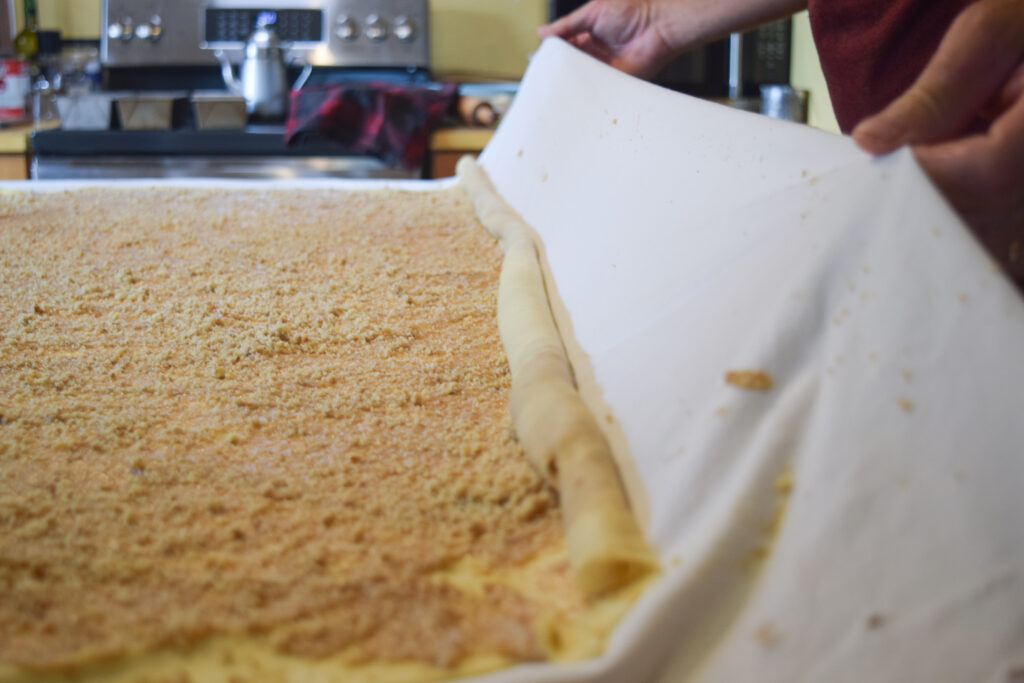
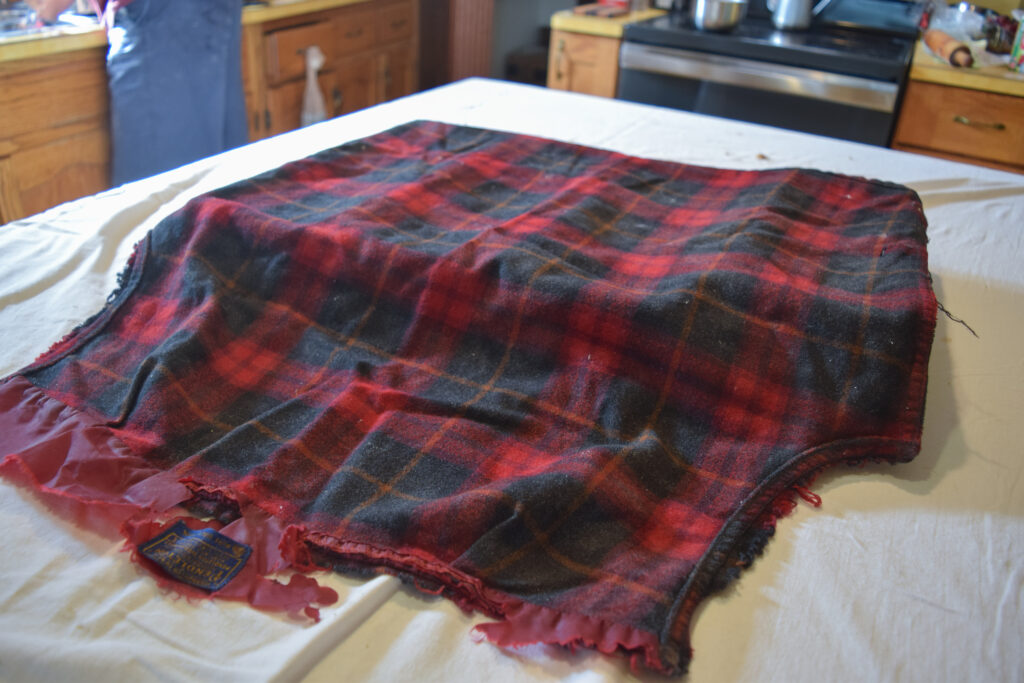
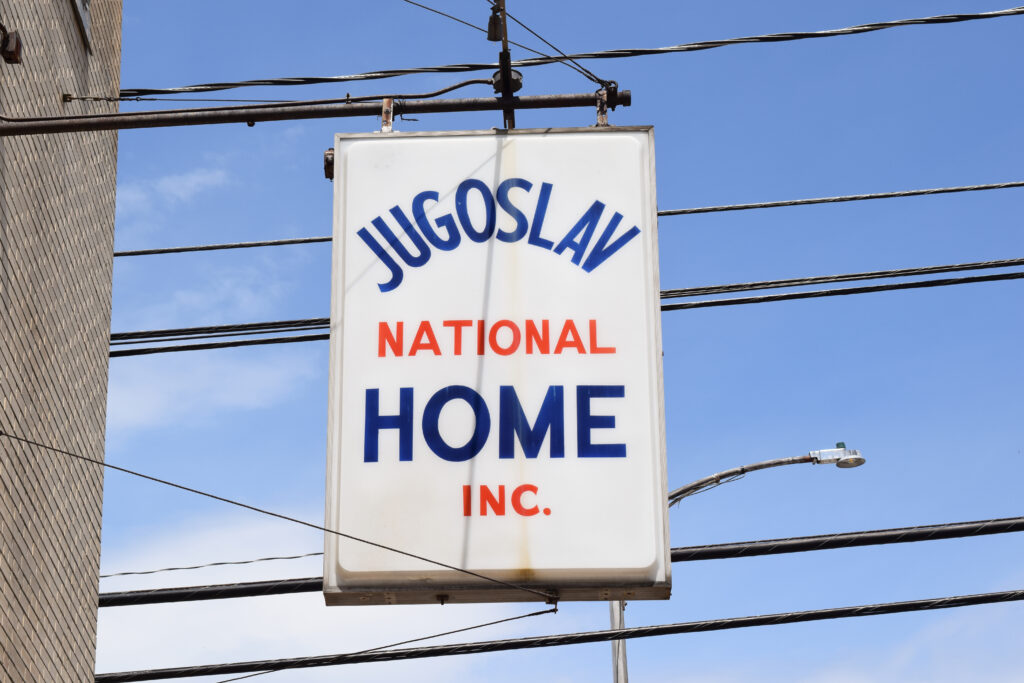

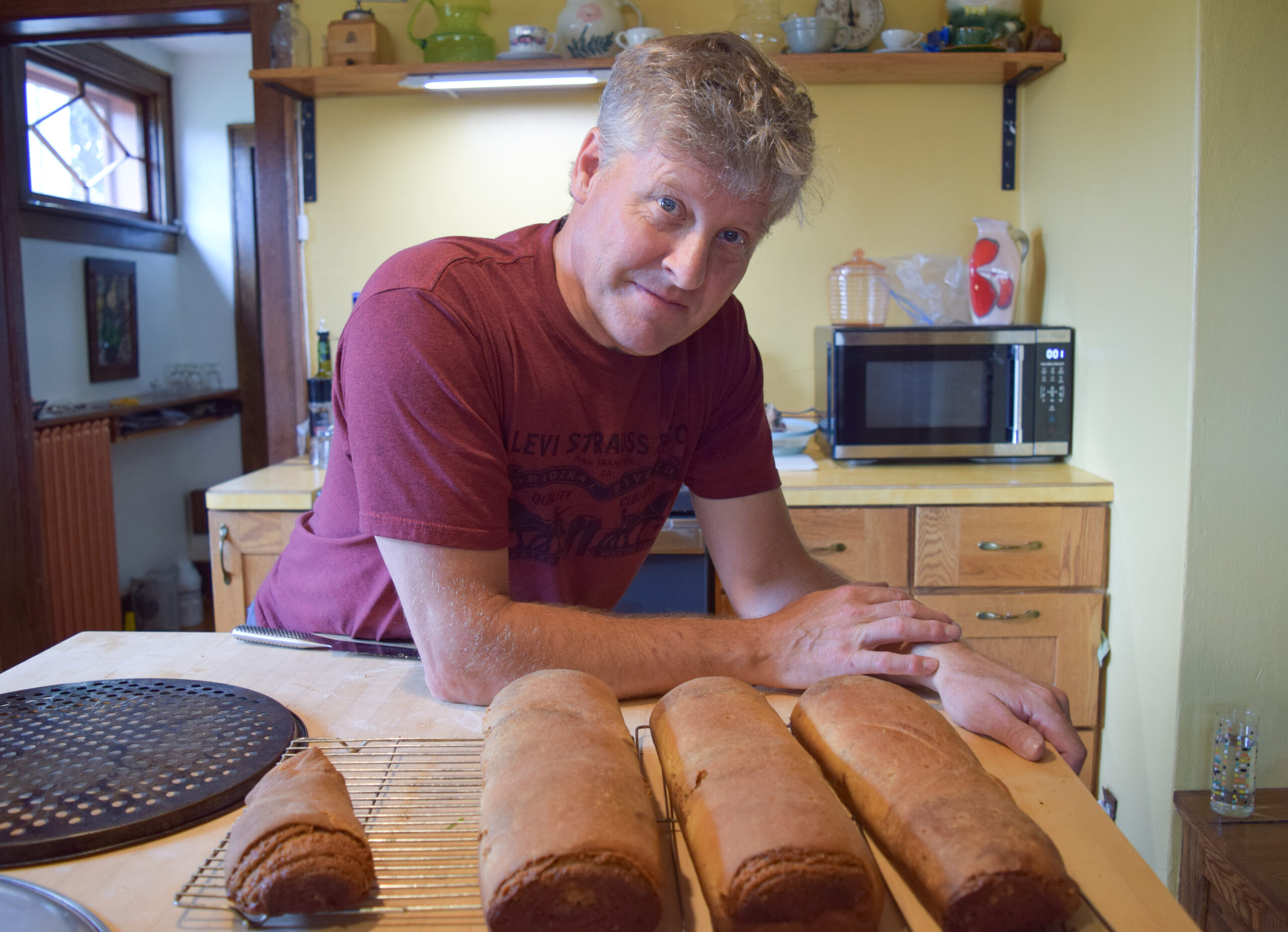
Lah grins when he says, “I have everything Slovenian I can,” and it’s hard to argue with that. He is mixing Slovenian honey using a wooden spoon he bought in Slovenia. He is wearing a Slovenian kerchief to keep any stray hairs pinned down. While rolling the dough, he plays the same melancholic Slovenian folk song on repeat: N’mau Cez Izaro. The rolled loaves need time to breathe under a wool cloth before baking, and Lah uses his Slovenian uncle’s tattered Pendleton shirt.
He got the recipe for the dough from his mother, and the recipe for the walnut filling belonged to his aunt. For him, making potica is a solitary act in that he typically wants to be the only person in the kitchen, needing lots of space to pull the dough to translucently thin, but his family and culture are always present for Lah too. He is baking these loaves for a family trip to their cabin, and he pauses several times to feel the presence of his ancestors in the room.
Lah says, “When you leave Slovenia, an image of it freezes in time,” and maybe that explains why the potica of the Iron Range is different from the “breadier” stuff found in Europe. It could be that immigrants have preserved an idea of the food that no longer exists in its home country. Slovenian potica is also baked in a round tin with a hollow center, like a donut, while its American counterpart is typically baked in a straight tin. Lah suggests maybe the immigrants just didn’t own round tins. The result is a quintessential Midwestern dessert that can be found in grocery stores, bakeries, and bread drawers across the Iron Range.
